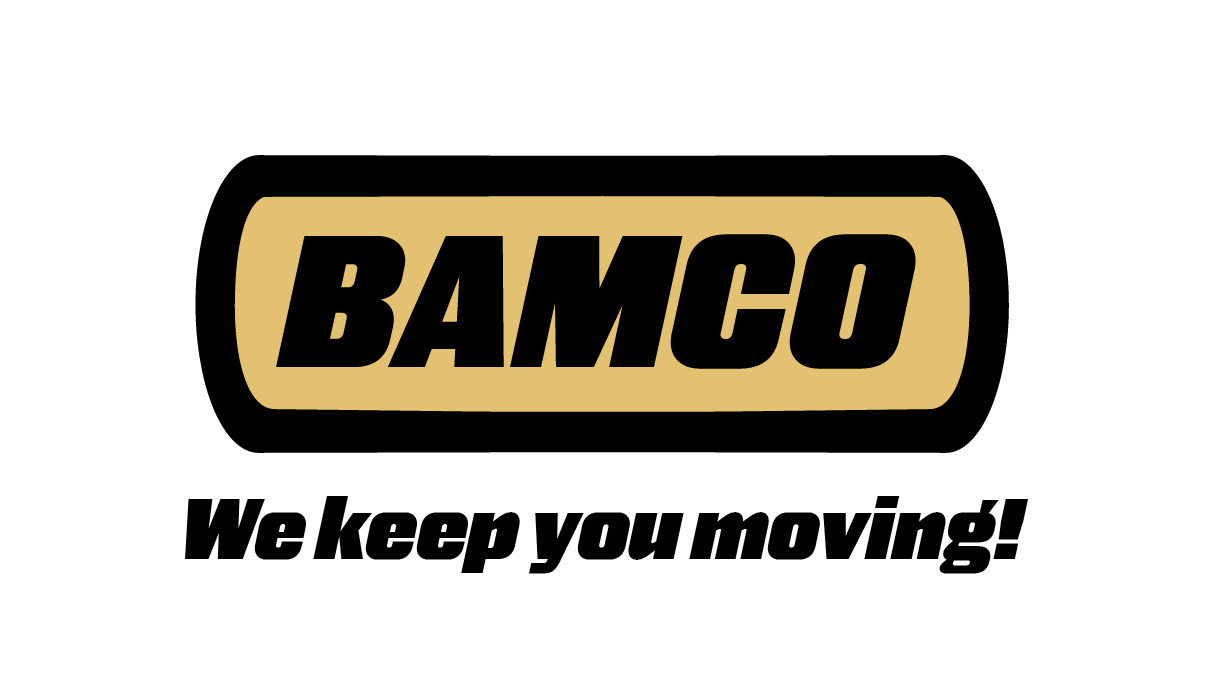The number one most important thing when it comes to selecting belts is what kind and quality of cardboard or paper is being used. There are hundreds of different types of carboard and paper and each of them have their own specific requirements when it comes to belts. Just a few types of paperboard include; coated natural kraft, clay coated, folding boxboard, and coated duplex. One also has to consider what kind of coating is on the paper or cardboard. Is it aqueous, varnish, UV, or many more. Lastly, one has to consider what kind of folds are being done on the substrates. There are two different types of folds; manual and automated. Manual folds include auto lock bottom and 4&6 corner folds. Automated folds include the straight tuck, reverse tuck, and seal end. Some miscellaneous details that should also be considered are the size of box, angle of feed, and the vacuum strength. These are all bits of information that you need to communicate with your sales person when purchasing a belt. This will help them decide which belt is the best fit for you.
When it comes to purchasing a belt for a folder gluer, as a customer, there are several things that you want in the belt. Antistatic properties, good tracking properties, dimensional stability, abrasion resistance, a constant coefficient of friction, reverse bending properties, and a long lifetime are all important. Dimensional stability when it comes to these belts means that it must handle overloads and there must be no need for re-tensioning. A constant coefficient of friction will also allow you to have a reliable grip, no marking, and no glazing.
After all of this has been considered, there are still a few things that you have to ask yourself. Are you purchasing the belt made to the size you need? Are you purchasing belts made with prepared ends? Or are you purchasing full rolls that are to be cut to width? The last two questions are important because tools need to be purchased for these options. Also one must consider if an SEB (seemingly endless belt) is needed to meet the tightest tolerance necessary for dimensional consistency and stability.
Let’s discuss Nitta’s belts for an example on how belts would be applied to the folder gluers. They offer and XH-500 series which is a belt with a nylon core that is attached using a skive splice with adhesive. This gives it the properties and requirements to work on most folder gluer machines. However, this belt is not ideal for severe conditions like high speed or high loads. When this is the case, they offer two other belt choices that fit the bill, the XH-750 and the XH-8E. The 750 is still nylon core, it is just more heavy duty for higher loads. The 8E is finger spliced. This means that it can withstand sever conditions on smaller pullies. This allows for increased tension without the loss of durability.
All of this comes to show that there is a lot to consider when it comes to selecting belts for your folder gluer machines. Use this information to ask the right questions and to get the right belt for the job. For more information, Nitta’s website offers a lot more information on the subject with greater detail.
Works Cited
Corti, Emilio . Folding-gluing process. n.d. October 2021. <https://www.bobst.com/usen/products/folding-gluing/process/>.
Nitta Corporation of America. Paper Converting. Suwanee, n.d. PowerPoint.
Wilcox, Jeff. Choosing the Right Folder Gluer . 17 December 2019. October 2021. <https://postpressmag.com/articles/2019/choosing-the-right-folder-gluer/>.
